14 Apr Two Left-Turning Vehicles Collide – Who is at Fault?
Drivers need to be careful when turning left out of parking lots or driveways onto main roads. Not only do you have to watch for traffic on the road, you also have to mindful of other vehicles trying to enter the roadway.
The case of Mayer v. Umabao, 2016 BCSC 506, is a personal injury case in which two vehicles collided after they exited parking lots and each turned left onto the road to head in opposite directions. ICBC would not admit that the Defendant was at fault so liability was in issue.
The accident happened when the Plaintiff exited the parking lot where his bank was located, on the south side of the road. He was planning on turning left into the westbound lane of the road. He pulled up to the sidewalk and stopped momentarily for pedestrians. When the pedestrians passed, he started driving his vehicle slowly onto the road. He first saw the Defendant’s vehicle when it was still in the driveway not quite at the sidewalk on the north side of the road. The Plaintiff inched across to the centre line of the road just crossing onto the westbound lane when he became aware that the Defendant’s vehicle had entered the westbound lane.
The Defendant’s vehicle continued to turn left into the westbound lane instead of crossing the westbound lane into the eastbound lane. While looking to the right, the Defendant accelerated left when it was not safe to do so. The Plaintiff anticipated this, seeing that the Defendant was looking right, so he stopped his vehicle in an effort to avoid collision. The Defendant’s vehicle slammed into the front wheel area of the driver side of the Plaintiff’s vehicle. All of the debris from the collision was found in the westbound lane.
The Judge found that both parties were emerging from driveways. Therefore, both vehicles had an obligation to yield to the right‑of‑way traffic approaching on the roadway so closely that it constituted an immediate hazard. Immediate hazard is defined in the case law as “it is so close to the intersection when a driver is about to make a left turn that if the turn were made, the approaching driver would have to take some sudden or violent action to avoid a threat of collision”.
The Judge found on the evidence that the Plaintiff entered onto the roadway before the Defendant advanced his vehicle onto the roadway. At the time the Plaintiff entered onto roadway, the Defendant’s vehicle was not an immediate hazard.
The Judge also found that the Plaintiff did yield to the Defendant and that the Defendant had his foot on the accelerator turning left while his head was turning right so he failed to see the Plaintiff until it was too late. The Plaintiff’s vehicle was an immediate hazard and the Defendant should have yielded.
The Judge ruled that the Defendant was 100% liable for the accident and awarded the Plaintiff non‑pecuniary damages in the amount of $175,000.
Unless ICBC explicitly admits that a defendant is 100% liable, the plaintiff has to prove that they were not at fault. At Acheson Sweeney Foley Sahota, we have the expertise to do that for our clients.


